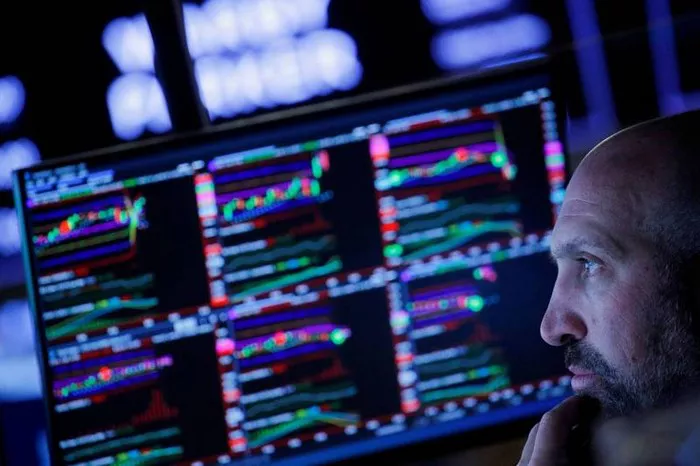Silver futures prices are subject to various factors that influence supply and demand dynamics, investor sentiment, and market fundamentals. Understanding these factors is crucial for traders and investors looking to profit from price movements in the silver futures market. In this comprehensive guide, we explore the key factors that affect silver futures prices, including economic indicators, geopolitical events, industrial demand, and investor behavior.
Economic Indicators
Economic indicators play a significant role in determining silver futures prices by providing insights into the health of the global economy and influencing investor sentiment. Key economic indicators that affect silver futures prices include:
1. Gross Domestic Product (GDP): GDP growth rates reflect the overall economic performance of countries and regions, with higher growth rates generally associated with increased industrial activity and higher demand for silver in manufacturing and production processes.
2. Inflation: Inflationary pressures can impact silver futures prices by eroding the value of fiat currencies and increasing demand for precious metals as a hedge against currency devaluation. Silver is often seen as a store of value during periods of high inflation, leading to increased investor demand and higher prices.
3. Interest Rates: Monetary policy decisions by central banks, such as changes in interest rates, can influence silver futures prices by affecting the cost of borrowing and the opportunity cost of holding non-interest-bearing assets like silver. Lower interest rates tend to support higher silver prices by reducing the cost of carrying silver futures positions.
Geopolitical Events
Geopolitical events and global uncertainties can have a significant impact on silver futures prices by creating market volatility and increasing safe-haven demand for precious metals. Geopolitical events that affect silver futures prices include:
1. Political Instability: Political instability, conflicts, and geopolitical tensions in key regions can disrupt supply chains, disrupt economic activity, and increase investor risk aversion, leading to higher demand for safe-haven assets like silver.
2. Trade Tensions: Trade disputes and tariffs between major economies can disrupt international trade flows, affect global economic growth prospects, and influence investor sentiment, leading to fluctuations in silver futures prices.
3. Currency Movements: Changes in currency exchange rates and fluctuations in the value of the US dollar can impact silver futures prices by affecting the cost of importing and exporting silver and influencing investor demand for precious metals as an alternative currency.
Industrial Demand
Industrial demand is a significant driver of silver futures prices, as silver is widely used in various industrial applications, including electronics, automotive manufacturing, and solar energy production. Factors influencing industrial demand for silver include:
1. Technological Advancements: Technological innovations and advancements in industries such as electronics, healthcare, and renewable energy drive demand for silver in the production of consumer electronics, medical devices, and photovoltaic cells, supporting higher silver prices.
2. Green Energy Initiatives: Growing global focus on sustainable energy sources and environmental conservation has led to increased demand for silver in the solar energy sector, where it is used in photovoltaic cells for solar panels. Green energy initiatives and government incentives for renewable energy projects can boost silver futures prices.
3. Economic Growth: Economic expansion and industrial development in emerging markets drive demand for silver in manufacturing and construction activities, as silver is used in a wide range of industrial processes, including electrical wiring, water purification, and chemical production.
Investor Behavior
Investor behavior and market sentiment play a crucial role in determining silver futures prices, as investor demand for precious metals is influenced by factors such as risk appetite, portfolio diversification, and inflation expectations. Investor behavior that affects silver futures prices includes:
1. Safe-Haven Demand: During periods of economic uncertainty, financial market volatility, or geopolitical tensions, investors seek safe-haven assets like silver as a store of value and hedge against market risks, driving up silver futures prices.
2. Speculative Trading: Speculative trading activity by institutional investors, hedge funds, and individual traders can impact silver futures prices by amplifying price movements and creating short-term volatility in the futures market.
3. Sentiment Indicators: Sentiment indicators such as investor surveys, options positioning, and speculative positioning in the futures market provide insights into investor sentiment and positioning, which can influence silver futures prices.
Conclusion
In conclusion, silver futures prices are influenced by a complex interplay of economic indicators, geopolitical events, industrial demand, and investor behavior. Understanding these factors and their impact on silver futures prices is essential for traders and investors seeking to profit from price movements in the silver futures market.
By monitoring key economic indicators, geopolitical developments, industrial trends, and investor sentiment, traders can identify trading opportunities, manage risk effectively, and make informed decisions in the silver futures market. Whether trading for speculative purposes or as part of a diversified investment strategy, staying informed and proactive is crucial for success in the dynamic and ever-evolving silver futures market.


